What are critical minerals?
- Christina Queeni
- Feb 19, 2024
- 4 min read
Updated: Oct 29, 2024

Critical minerals are natural resources that are considered essential for the development and functioning of modern economies and technologies.
These minerals play a vital role in various industries, including renewable energy, electronics, telecommunications, defense, and transportation.
Their unique properties and applications make them indispensable for the production of advanced technologies and infrastructure needed for the energy transition to a more sustainable and low-carbon future.
Some examples of critical minerals include:
1 ) Rare Earth Elements (REEs):
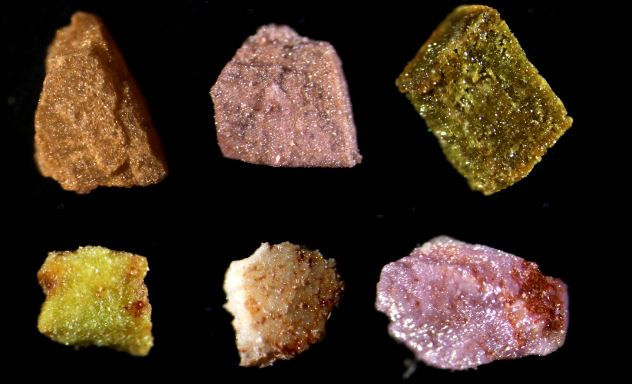
REEs are a group of 17 elements, including neodymium, dysprosium, and europium, with unique magnetic, luminescent, and catalytic properties.
They are essential for the production of electronics, renewable energy technologies (such as wind turbines and electric vehicle batteries), and defense systems.
2 ) Lithium:

Lithium is a key component in lithium-ion batteries used in electric vehicles (EVs), smartphones, laptops, and energy storage systems.
As the demand for EVs and renewable energy storage solutions continues to rise, the demand for lithium is expected to increase significantly.
3 ) Cobalt:
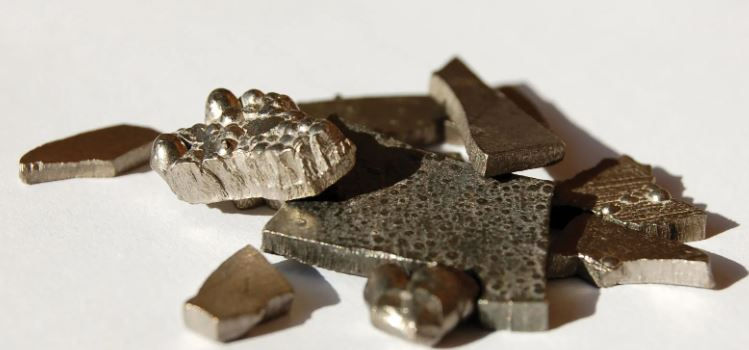
Cobalt is predominantly used in the production of lithium-ion batteries, where it stabilizes battery chemistry and enhances performance.
It is also used in aerospace alloys, superalloys, and catalysts.
4 ) Graphite:
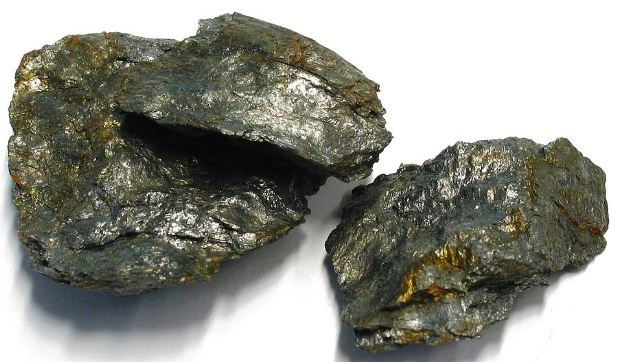
Graphite is a critical component in lithium-ion batteries, serving as an anode material.
It is also used in steelmaking, lubricants, and various industrial applications.
5 ) Platinum Group Metals (PGMs):
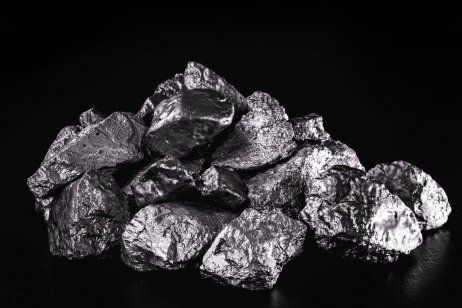
PGMs, including platinum, palladium, and rhodium, are vital catalysts used in automotive catalytic converters to reduce harmful emissions from vehicles.
They are also used in electronics, jewelry, and fuel cells.
6 ) Rare Metals (e.g., indium, gallium, tellurium):
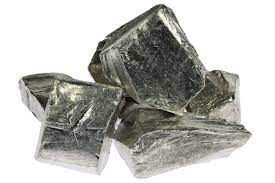
These metals are essential for the production of semiconductors, solar cells, LEDs, and other advanced technologies.
They are also used in aerospace, medical devices, and telecommunications.
7 ) Antimony:
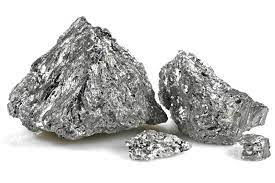
Antimony is primarily used as a flame retardant in plastics, textiles, and electronics.
It is also used in batteries, alloys, and semiconductors.
8) Titanium:

Titanium is widely used in aerospace, defense, and automotive industries due to its high strength-to-weight ratio, corrosion resistance, and biocompatibility.
It is also used in medical implants, sporting goods, and consumer electronics.
9) Nickel:

Nickel is essential for stainless steel production and is used in batteries, magnets, and aerospace alloys. It is also used in electroplating, catalysts, and electronic components.
10) Tungsten:
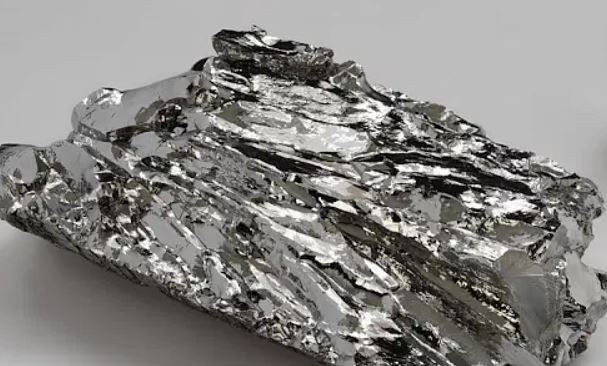
Tungsten is valued for its high melting point, hardness, and density, making it ideal for industrial applications such as cutting tools, aerospace components, and electrical contacts.
How are they used?
Critical minerals are used in a wide range of applications across various industries due to their unique properties and characteristics. Here are some common uses of critical minerals:
Renewable Energy Technologies:
Rare Earth Elements (REEs): Used in the production of permanent magnets for wind turbines and electric vehicle motors.
Lithium: Essential for lithium-ion batteries used in energy storage systems and electric vehicles.
Cobalt: Stabilizes battery chemistry and enhances performance in lithium-ion batteries.
Graphite: Serves as an anode material in lithium-ion batteries.
Electronics and Telecommunications:
Rare Earth Elements: Used in the production of smartphones, computers, and other electronic devices for their magnetic and luminescent properties.
Indium: Critical for producing transparent conductive coatings used in touchscreens and liquid crystal displays (LCDs).
Gallium: Used in semiconductors, LEDs, and solar cells for its unique electrical properties.
Transportation:
Lithium: Powers electric vehicles (EVs) by storing energy in lithium-ion batteries.
Cobalt, Nickel: Used in EV batteries to improve energy density and performance.
Platinum Group Metals (PGMs): Catalytic converters in vehicles use PGMs to reduce harmful emissions from internal combustion engines.
Aerospace and Defense:
Tungsten: Used in aerospace applications for its high melting point and density, such as in aircraft parts and armor-piercing ammunition.
Titanium: Lightweight and corrosion-resistant, titanium is used in aircraft components, missiles, and armor plating.
Rare Earth Elements: Critical for advanced defense technologies, including radar systems, missile guidance systems, and communications equipment.
Industrial Applications:
Platinum Group Metals: Used as catalysts in chemical processes, petroleum refining, and emission control systems.
Tantalum: Used in electronics, aerospace, and medical devices for its corrosion resistance and high melting point.
Antimony: Used as a flame retardant in plastics, textiles, and electronics.
Energy Storage and Generation:
Vanadium: Used in vanadium redox flow batteries for grid-scale energy storage.
Nickel: Used in rechargeable batteries, such as nickel-metal hydride (NiMH) and nickel-cadmium (NiCd) batteries.
Copper: Essential for electrical wiring and transmission lines in power generation and distribution systems.
These examples highlight the diverse and critical roles that these minerals play in supporting modern technologies, infrastructure, and industrial processes. As demand for these minerals continues to grow, ensuring a stable and sustainable supply chain becomes increasingly important for global economic development and the transition to a low-carbon future. Want to learn more about science & technology in the Petroleum Industry? - Start here
Reference - IEA (2021), The Role of Critical Minerals in Clean Energy Transitions, IEA, Paris https://www.iea.org/reports/the-role-of-critical-minerals-in-clean-energy-transitions, Licence: CC BY 4.0
Critical Minerals

![5 Free PDF books every oilfield worker needs [Download Here]](https://static.wixstatic.com/media/cb6985_c436a489ca6c4875b45ad83ec0a16526~mv2.jpg/v1/fill/w_980,h_746,al_c,q_85,usm_0.66_1.00_0.01,enc_avif,quality_auto/cb6985_c436a489ca6c4875b45ad83ec0a16526~mv2.jpg)

Comments